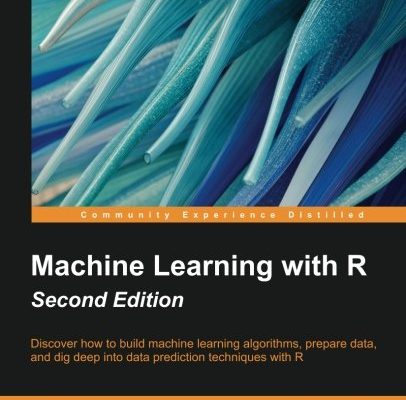Tune Machine Learning Algorithms in R (random forest case study)
Last Updated on July 31, 2020 It is difficult to find a good machine learning algorithm for your problem. But once you do, how do you get the best performance out of it. In this post you will discover three ways that you can tune the parameters of a machine learning algorithm in R. Walk through a real example step-by-step with working code in R. Use the code as a template to tune machine learning algorithms on your current or […]
Read more








